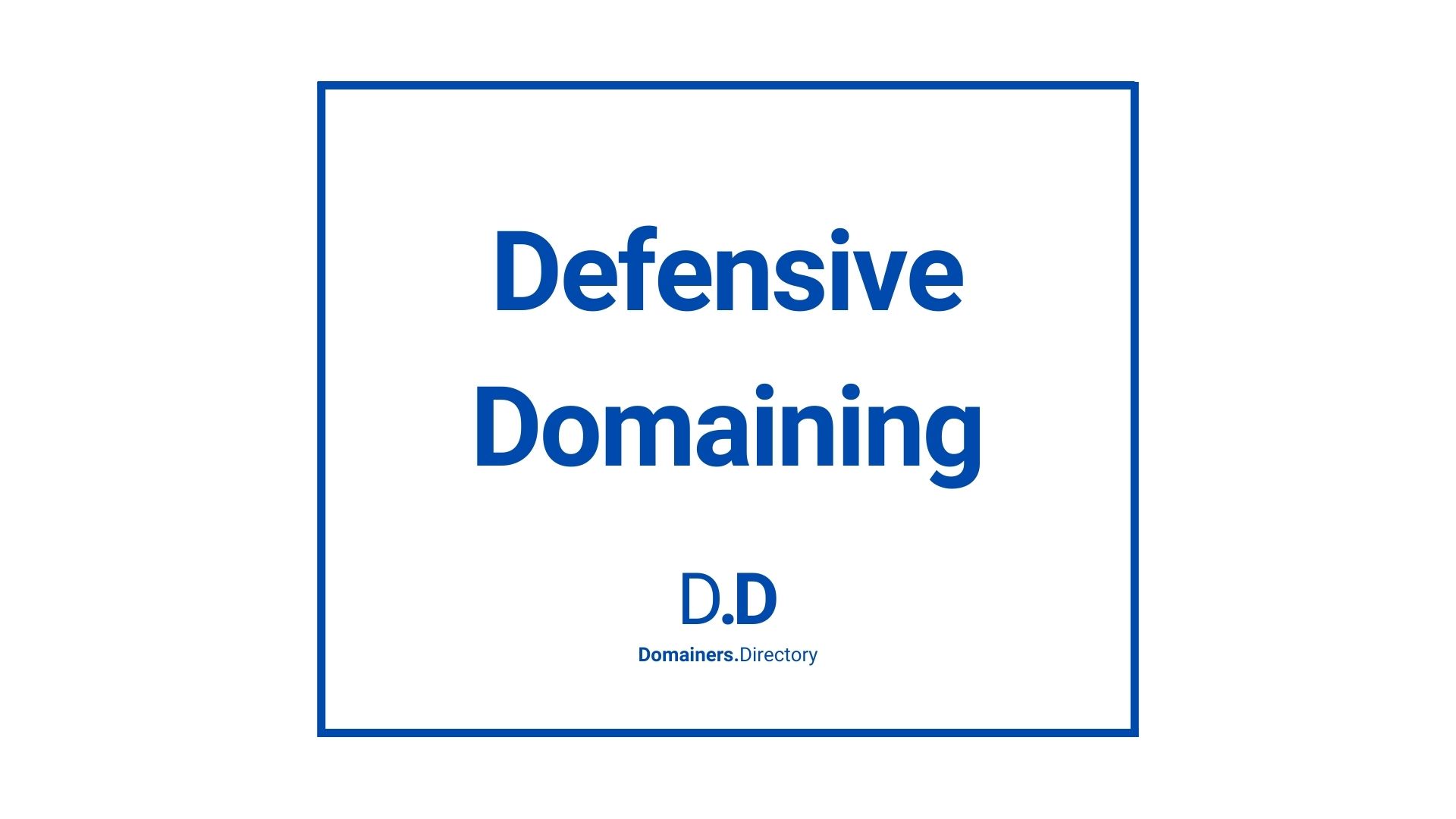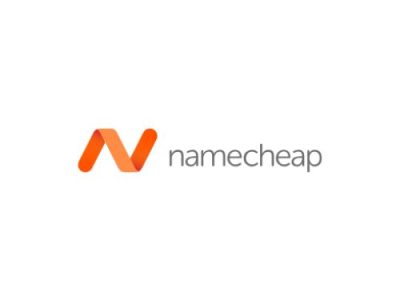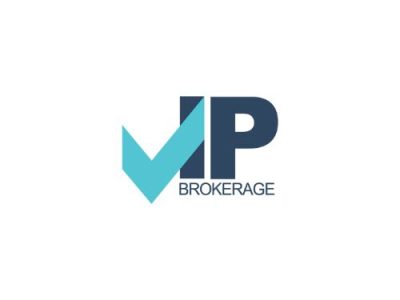Getting the Most Out of Domainers.directory Congratulations on securing your...
Read MoreSafeguarding Your Online Identity: A Guild to Domain Name Security Best Practices
In the contemporary digital landscape, the imperative of securing your online presence has reached unprecedented levels of importance. At the core of this digital defense strategy lies the crucial task of fortifying the security of your domain name. From the pervasive risk of domain theft to the looming threat of reverse hijacking, ensuring the safety of your domain is an intricate and multifaceted process. In this comprehensive guide, we will delve into a spectrum of strategies designed to not only fortify your online identity but also to shield your domain name from potential threats.
New to Domaining? Learn the basics here

Choosing a Reputable Registrar:
The cornerstone of domain security is the meticulous selection of a reputable domain registrar. Opting for well-established registrars with a proven track record of reliability and robust security measures is paramount. Conduct thorough research, considering customer reviews, industry reputation, and accreditation to make an informed and fortified decision.
Crafting a Formidable Password:
Underscoring the significance of a robust password cannot be overstated. Deliberately select a combination of uppercase and lowercase letters, numbers, and special characters. Steer clear of easily guessable information, such as your name or common words. Regularly updating your password and refraining from using identical passwords across multiple platforms further bolsters your digital fortress.
Implementing Two-Factor Authentication (2FA):
Enhancing your security posture involves integrating two-factor authentication (2FA). This additional layer of protection mitigates the risk of unauthorized access by requiring a secondary verification step, such as a code sent to your mobile device or email, to be entered in conjunction with your password.
Enabling Privacy Protection:
As an added shield, domain privacy protection, often available as an extra service from registrars, conceals your personal contact information from the public WHOIS database. This not only deters spam but also safeguards your identity from potential malicious actors.
Fortifying with Registrar Lock:
Elevating your defense mechanisms against unauthorized domain transfers starts with the activation of the registrar lock, otherwise known as a domain lock. This robust feature introduces an additional layer of protection, mandating supplementary authorization before any modifications can be made to your domain settings.
Keeping Contact Details Current:
Maintaining updated contact information with the registrar is pivotal. This ensures timely receipt of crucial notifications and facilitates communication in case of any issues. Furthermore, it plays a crucial role in the recovery process if your domain security is ever compromised.
Securing Domain Registration Information:
The last line of your domains defense is the secure storage of your domain registration information. Avoid unnecessary sharing and use secure, unique login credentials for your registrar account. Exercise caution in granting access to this sensitive information, maintaining a vigilant stance against potential breaches.
Ensuring Secure Data Transmission with SSL Certificates:
Safeguarding the transmission of data between your website and its visitors is imperative. Implementation of an SSL certificate not only encrypts communication but also instills trust. Users can visually confirm the security through the presence of the padlock symbol in their browser’s address bar.
Prioritizing Regular Domain Renewal and Auto-Renewal:
Evading domain expiration pitfalls involves proactive renewal well in advance of the expiration date. Activate the auto-renewal feature to ensure uninterrupted ownership, minimizing the risk of inadvertent lapses in domain registration.
Considering Extended Domain Registration:
Demonstrating steadfast commitment to your online presence involves considering maximum years for domain registration. This not only showcases dedication but also reduces the frequency of renewals, mitigating the risk of oversight and potential domain loss.
Exercising Caution Against Phishing Attempts:
Vigilance is paramount when dealing with emails related to your domain. Phishing attempts frequently involve deceptive emails seeking to trick domain owners into divulging sensitive information. Verify the sender’s authenticity before taking any action to prevent falling victim to these nefarious schemes.
Safeguarding Your Domain Names - Navigate the Evolving Landscape of Domain Security With Confidence
Securing your domain name stands as a critical pillar in maintaining a resilient and secure online presence. By meticulously following these comprehensive guidelines, you not only significantly reduce the risk of domain theft, reverse hijacking, and other security threats but also establish a robust digital gateway to fortify your online identity. Staying vigilant, consistently updating your security measures, and fortifying your digital defences are key to navigating the ever-evolving landscape of online security.
Looking for Domain Name Legal Advice? Discover the very best on the Domainers Directory
Domainers.directory Articles
What is Domaining and Who are Domainers?
Domaining Definition: Domaining is the acquisition and management of domain...
Read MoreDomaining Forums, Communities and Groups
Connect with Domainers: A Comprehensive Guide to Domaining Forums, Communities,...
Read MoreHow to Secure a Domain Name – Domain Name Security and Protection
Safeguarding Your Online Identity: A Guild to Domain Name Security...
Read More


